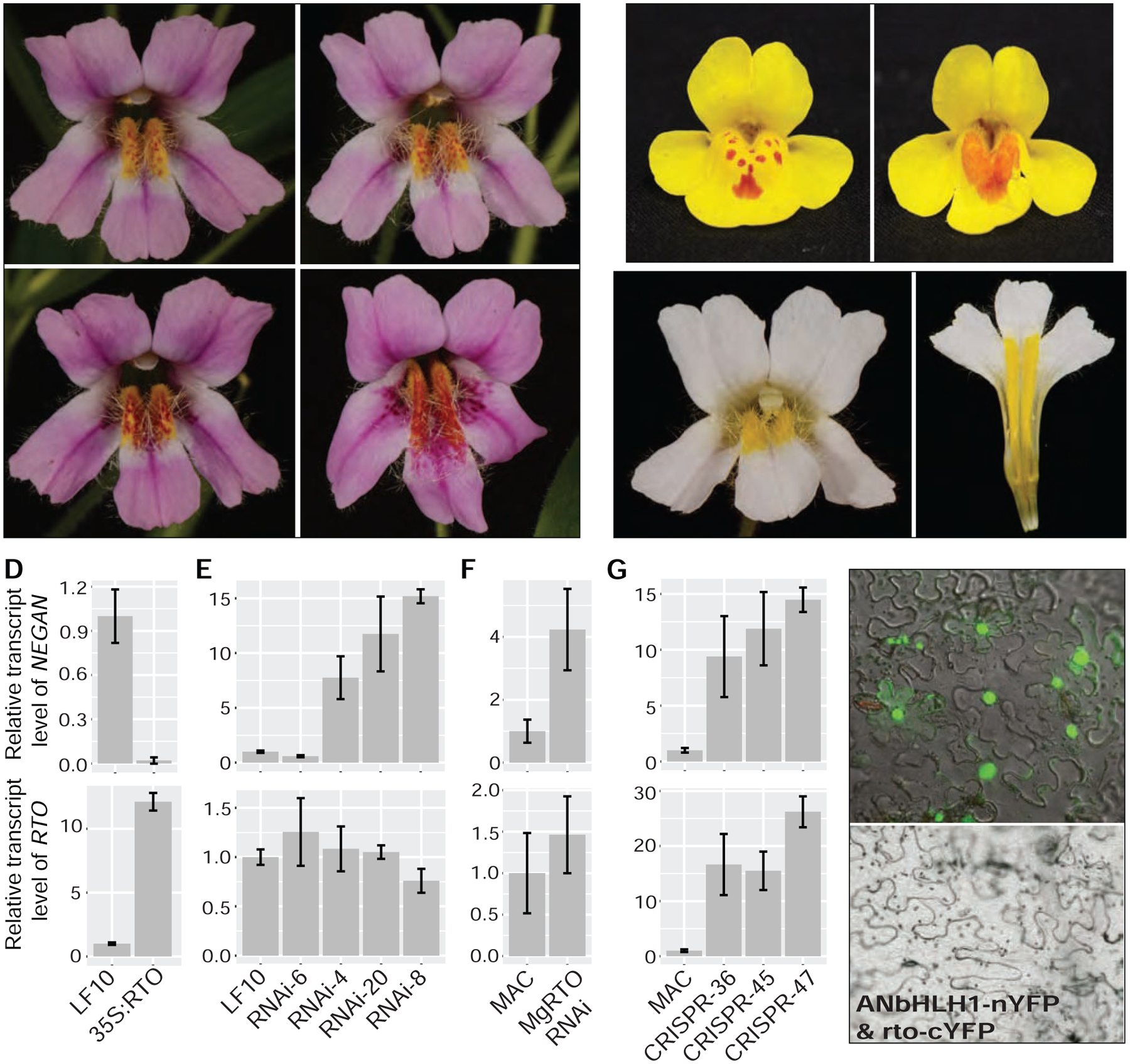Figure 3. Functional characterization of RTO in Mimulus lewisii and M. guttatus.

(A) RNAi of RTO in M. lewisii generates a range of anthocyanin spot patterns. (B) RNAi of MgRTO in M. guttatus recapitulates the rto-like phenotype. (C) Over-expression of RTO in M. lewisii abolishes anthocyanin production throughout the corolla. (D–G) Relative expression of NEGAN and RTO in M. lewisii RTO over-expression lines (D), M. lewisii RTO RNAi lines (E), M. guttatus RTO RNAi lines (F), and M. guttatus CRISPR/Cas9 mediated knockout lines (G). All relative transcript levels are measured by qRT-PCR, standardized to the corresponding wild-type (LF10 for M. lewisii, MAC for M. guttatus). Error bars represent 1 SD from three biological replicates. (H) BiFC assay shows that the wild-type RTO protein interacts with ANbHLH1, whereas the D>G amino acid replacement in the mutant rto protein abolishes or attenuates the interaction. See also Figures S2 and S4–S6 and Tables S5 and S6.
